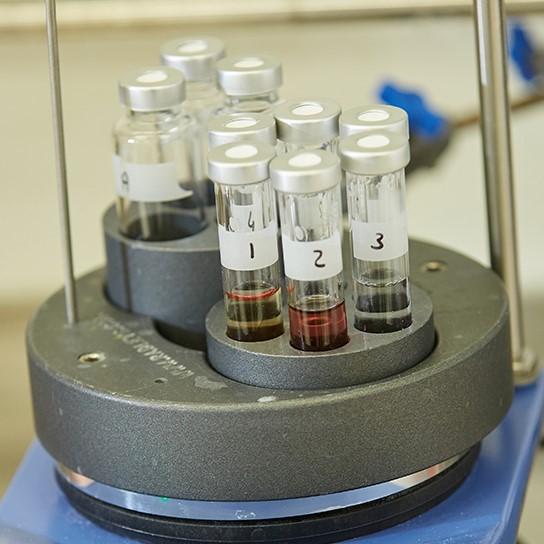- About
-
Services
-
Offerings
- Offerings
- ADME and Bioanalytical Sciences
- Analytical Chemistry
- Assay Development
- Biochemical Assays
- Biophysical Assays
- Cell Based Assays
- Computational Chemistry
- Fragment and Compound Screening
- Integrated Drug Discovery Services
- Medicinal Chemistry
- Project Management and Consultancy Services
- Protein Expression and Purification Services
- Structural Biology
- Synthetic Chemistry
- Virtual screening
-
Research Phases
- Research Phases
- Hit Identification
- Hit to Lead
- Lead Optimisation
- Therapeutic Areas
- Target Classes
-
Approaches & Techniques
- Approaches & Techniques
- CDH (Target Gene Fragmentation)
- Cryogenic Electron Microscopy (Cryo-EM)
- Differential Scanning Fluorimetry (DSF) and nanoDSF Services
- Direct-to-Biology (D2B)
- Dynamic Light Scattering (DLS)
- eProtein Discovery
- Flow Cytometry
- Fragment Based Drug Discovery (FBDD)
- FragmentBuilder
- Grating-Coupled Interferometry
- High Throughput Screening
- Isothermal Titration Calorimetry (ITC)
- LeadBuilder
- PoLiPa (Membrane Protein Solubilisation)
- Spectral Shift and MST Services
- Structure Based Drug Design (SBDD)
- Surface Plasmon Resonance (SPR)
- X-ray Crystallography
-
Offerings
- Library
- News & Events
- Careers
Hit to Lead
Combining expertise and technologies to develop lead compounds
At the hit-to-lead stage of your project, our aim is to establish the potential of each of your hits to be developed into leads as quickly as possible, in order to focus our subsequent lead optimisation work on the most promising chemical series.
Design and Synthesis
To do this as efficiently as possible, we employ a range of design strategies – including structure-based drug design when this is applicable – to devise small arrays of compounds that rapidly explore the structure-activity and structure-property relationships within each hit series. Our aim is to understand the molecular determinants of potency, selectivity and ‘drug-likeness’, and make improvements in each of these key areas. Our medicinal chemists and X-ray crystallographers have full access to best-in-class computer-aided drug design, molecular docking and physicochemical property prediction software to inform their design process before the compounds are synthesised in our laboratories.


Test and Analyse
The assay biology team at Domainex work with our medicinal chemists to devise the optimum screening cascade for your project, and can put in place the requisite assays within our laboratories along with our specialist partner organisations in pharmacokinetics and safety pharmacology to see your project through the entire drug discovery process. We minimise the time taken for each ‘design-make-test-analyse’ cycle, and when our clients elect to have all this work done by Domainex, we aim to complete each of these cycles within 10-15 working days. That means that within three months, for example, we will have completed at least 5-9 iterations. At that point, as well as aiming to have significantly improved the medicinal properties compared to the initial hit, we will have built you a wealth of information and knowledge about the lead series that can be added to your project as it moves into the lead optimisation stage.
Our Tankyrase, G9a and IKK-epsilon case studies show three examples of hit-to-lead programmes starting from fragment hits, and the Neuropilin-1 study demonstrates a literature-to-lead project that started with a peptide ligand.
Case studies
Start your next project with Domainex
Contact one of our experts today